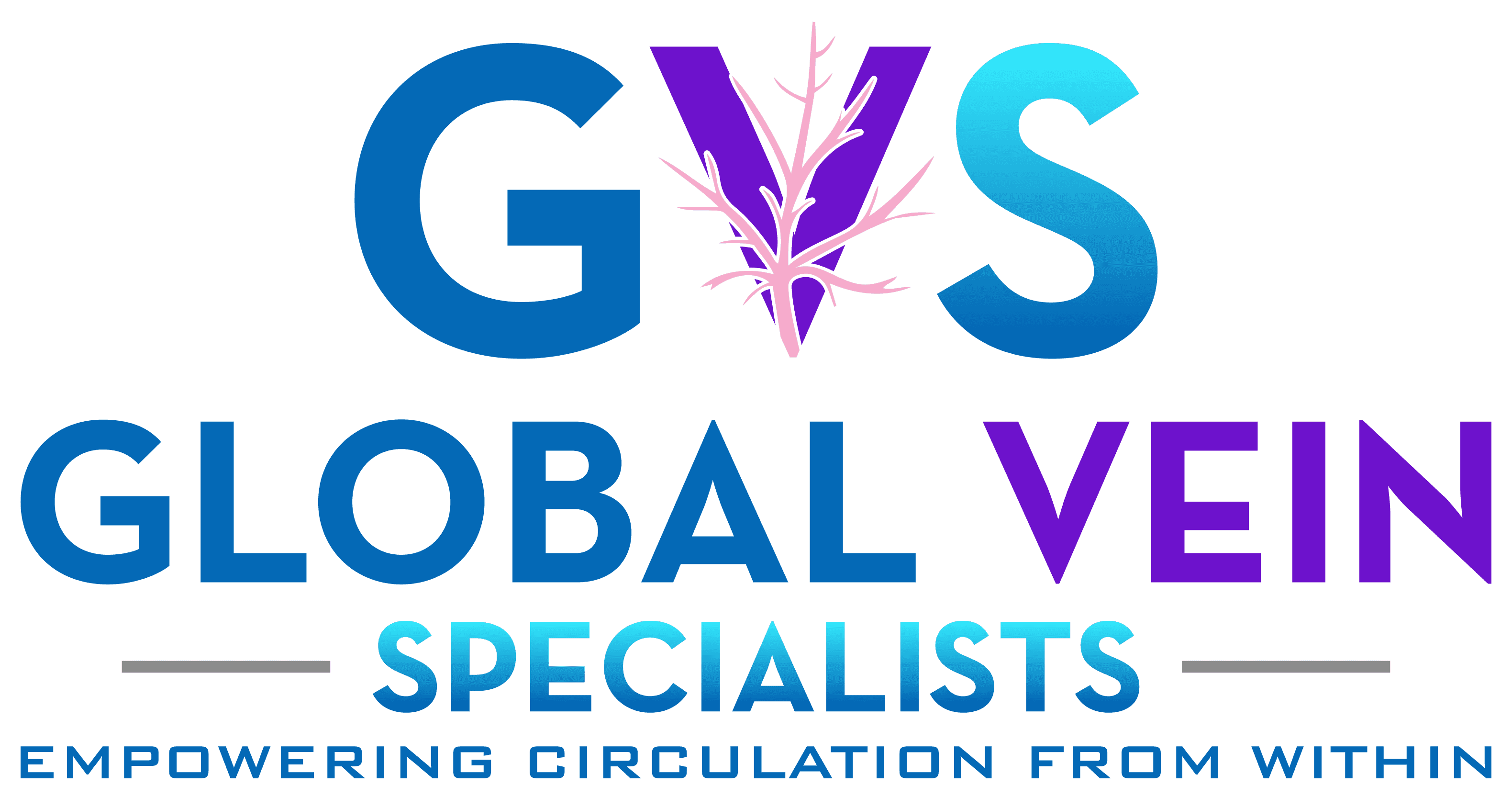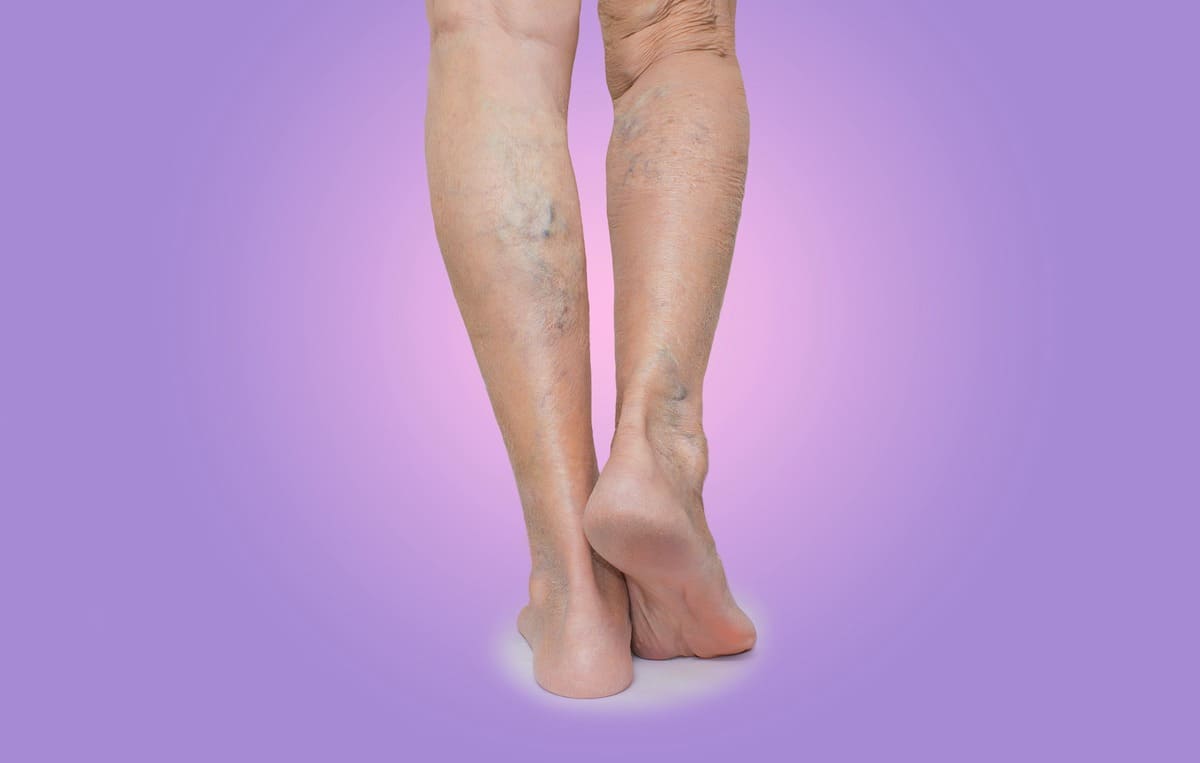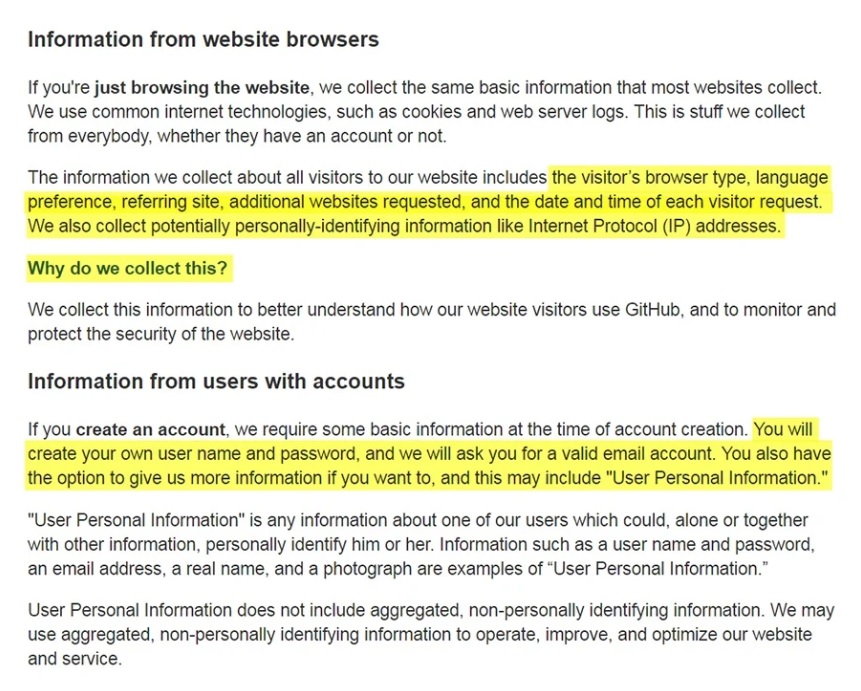Issues with blood and vein circulation in the legs and feet can lead to discomfort, pain, and more serious health conditions if not addressed. Here are common circulation problems, their causes, symptoms, and potential treatments:
Common Circulation Issues
1. Peripheral Artery Disease (PAD)
– Cause: Narrowing or blockage of the arteries that supply blood to the legs and feet due to atherosclerosis.
– Symptoms: Leg pain while walking (claudication), numbness, weakness, coldness in the lower leg or foot, sores that won’t heal.
– Treatment: Lifestyle changes (diet, exercise), medications, and in severe cases, surgical interventions like angioplasty or bypass surgery.
2. Chronic Venous Insufficiency (CVI)
– Cause: Veins in the legs don’t allow blood to return to the heart effectively, often due to damaged valves.
– Symptoms: Swelling in the legs and ankles, aching or tired legs, varicose veins, skin changes, ulcers.
– Treatment: Compression stockings, exercise, elevating the legs, medications, and sometimes procedures like sclerotherapy or vein ablation.
3. Deep Vein Thrombosis (DVT)
– Cause: Blood clot forms in a deep vein, usually in the legs.
– Symptoms: Swelling, pain, redness, warmth in the affected leg.
– Treatment: Anticoagulants (blood thinners), compression stockings, lifestyle changes, and in severe cases, procedures to remove or dissolve the clot.
4. Varicose Veins
– Cause: Weak or damaged valves in the veins lead to enlarged, twisted veins, usually visible under the skin.
– Symptoms: Aching pain, heaviness, throbbing, itching around the veins, swelling.
– Treatment: Compression stockings, lifestyle changes, sclerotherapy, laser treatment, vein stripping.
Risk Factors
– Age: Risk increases with age.
– Genetics: Family history of circulation problems.
– Lifestyle: Sedentary lifestyle, smoking, obesity.
– Health Conditions: High blood pressure, diabetes, high cholesterol.
Symptoms to Watch For
– Swelling: Persistent swelling in the legs and feet.
– Pain: Cramping, aching, or sharp pain.
– Discoloration: Pale, bluish, or reddish skin.
– Temperature Changes: Cold or unusually warm skin.
– Wounds: Sores or ulcers that are slow to heal.
– Visible Veins: Enlarged or twisted veins.
Preventive Measures
1. Healthy Lifestyle
– Exercise Regularly: Walking, swimming, cycling, and other aerobic activities improve circulation.
– Balanced Diet: Eat a diet rich in fruits, vegetables, whole grains, and lean proteins. Avoid excessive salt and unhealthy fats.
– Hydration: Drink plenty of water to help maintain blood volume and circulation.
2. Manage Chronic Conditions
– Control Blood Pressure: Follow your doctor’s recommendations to keep blood pressure in check.
– Manage Diabetes: Keep blood sugar levels under control.
– Cholesterol Levels: Maintain healthy cholesterol levels through diet and medications if prescribed.
3. Avoid Prolonged Sitting or Standing
– Movement Breaks: If you sit or stand for long periods, take breaks to move around.
– Leg Exercises: Simple exercises like ankle circles, leg lifts, and calf raises can help improve circulation.
4. Use Compression Stockings
– Support Veins: Compression stockings help improve blood flow and reduce swelling.
Treatment Options
1. Medications
– Blood Thinners: Prevent clots in conditions like DVT.
– Antihypertensives: Control high blood pressure.
– Statins: Manage high cholesterol levels.
2. Non-Surgical Procedures
– Sclerotherapy: Injection of a solution to close off varicose veins.
– Laser Treatment: Use of light energy to treat varicose veins.
3. Surgical Procedures
– Angioplasty: Opening narrowed arteries using a balloon and stent.
– Bypass Surgery: Creating a new pathway for blood flow around blocked arteries.
– Vein Stripping: Removing or tying off varicose veins.
When to See a Doctor
– Persistent Symptoms: Ongoing pain, swelling, or other symptoms despite home care.
– Sudden Changes: Sudden swelling, pain, redness, or warmth in the leg.
– Non-Healing Wounds: Sores or ulcers that do not heal.
By recognizing symptoms early and taking preventive measures, you can manage and potentially improve circulation issues in the legs and feet. If you have concerns or persistent symptoms, consulting a healthcare professional is crucial for proper diagnosis and treatment.









